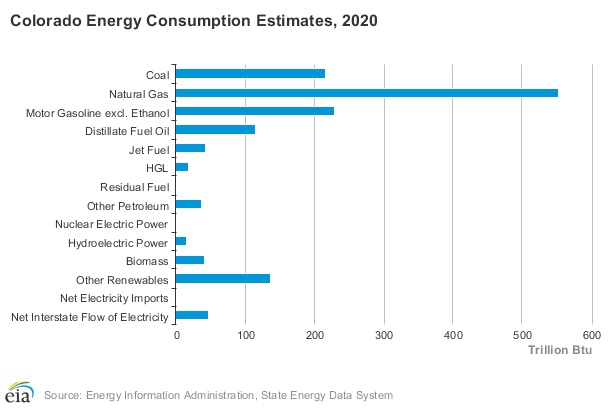Natural gas is one of the go-to bogeymen for many climate hawks. This is despite the remarkable economic and climate contributions of natural gas over the last decade or so.
As such, activists and policymakers have made a concerted effort over the last few years to begin constraining the industry and phasing out the fuel’s use wherever they can.
However, it appears the market has a say in the matter.
Per Utility Dive:
Gas-fired generation set three new daily records last month, the highest being 6.37 million MWh generated on July 21, according to new analysis from the U.S. Energy Information Administration. Above-normal temperatures, reduced coal-fired generation and new gas-fired capacity additions all contributed to the spike, EIA said.
The rise happened “despite relatively high natural gas prices,” EIA noted. The previous gas-generation peak was set in July 2020, when prices were averaging around $1.77 per million British thermal units; gas prices last month were more than four times higher.
Despite the best efforts of certain climate activists and policymakers, natural gas remains a key fixture of the country’s energy portfolio, providing reliable baseload electricity as well as heat.
According to the U.S. Energy Information Administration, natural gas represented nearly a third of all energy consumed across the country in 2021, trailing only petroleum as the most consumed fuel source.

In many instances its increased use is out of pure necessity, as activists and at times market forces continue to diminish coal’s stature as a provider of baseload power across the country.
According to Utility Dive:
Some gas generation filled in for coal, EIA said. “Continued retirements of coal-fired generating plants, relatively high coal prices, and lower-than-average coal stocks at power plants have limited coal consumption,” the agency said.
In spite of the current global run up in prices for the fuel, and no matter how much policymakers squeeze, many providers and customers alike see continued value in maintaining a reliable source of heat and electricity suitable for all sectors of the economy.
In Colorado, the story is much of the same.
Lawmakers continue to pass bills that make it harder to produce and distribute natural gas, while regulators are considering ways to make it more expensive to use going forward. Additionally, localities have already begun to pass bans on its future use, with many more likely to follow.
Despite all this effort, natural gas is still the most widely consumed fuel source in the state by far, according to the EIA.

It’s not hard to see why when you consider how beneficial it’s been for Coloradans. I’ve written previously about its benefits for the state.
From Complete Colorado:
In many ways, Colorado’s natural gas reserves have been the goose that laid the golden egg.
The state is America’s seventh largest producer of natural gas, and eleven of the country’s 100 largest natural gas fields are found right here in Colorado.
Advancements in horizontal drilling and hydraulic fracturing techniques (“fracking”) have allowed Colorado to double its output of natural gas since 2000, enriching local communities and providing good, high-paying jobs outside of the metro corridor.
It has also been a major boon to reductions in carbon emissions. The U.S. has seen a steady improvement in its emissions thanks to the market-driven substitution of natural gas for coal in electricity generation.
In some ways my remarks on natural gas’ contributions to climate improvement understate the case. The fuel produces roughly half the CO2 emissions that coal does while still performing a similar function in providing consistent, dispatchable power.
According to the International Energy Agency:
Since 2010, coal-to-gas switching has saved around 500 million tonnes of CO2 – an effect equivalent to putting an extra 200 million EVs running on zero-carbon electricity on the road over the same period.
And while some in Colorado would have us go full bore into wind and solar as a better way to decarbonize the state, the fact remains that such technologies cannot reliably and efficiently replace existing generating capacity without the support of an independent source of baseload production.
If activists don’t like the staying power of natural gas, they can always consider throwing their support behind nuclear to achieve a carbon-free future. But of course that would require rethinking some of their priors.
Until then, natural gas will continue to have a major role in both the country and the state’s energy mix for the foreseeable future.









